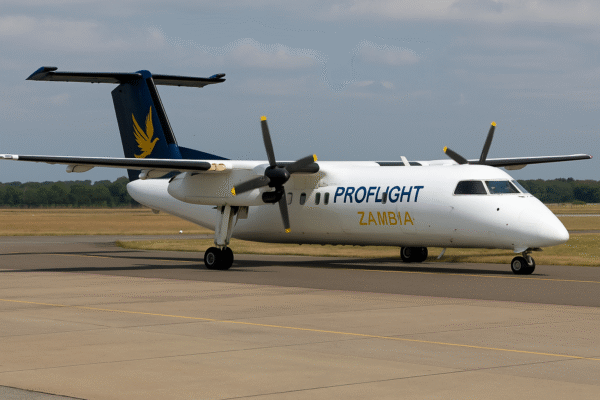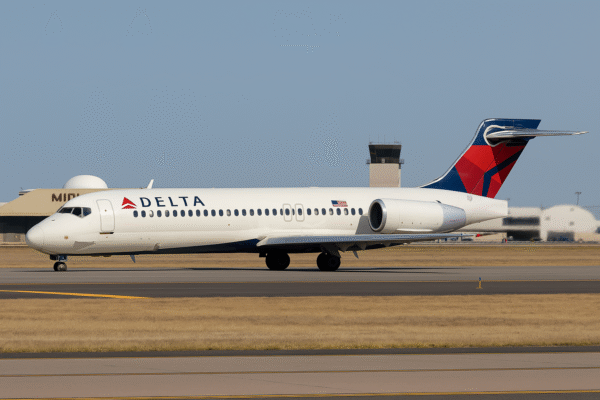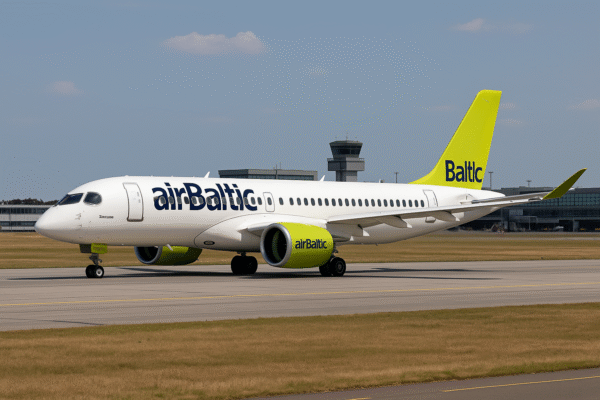In April 2026, airBaltic will introduce direct flights between Athens and Tallinn, marking a new chapter in European air travel. The route will operate twice a week, offering greater convenience and flexibility for passengers traveling between Southern Europe and the Baltic states. This strategic expansion not only simplifies travel logistics but also highlights the growing importance of Greece and Estonia in the European aviation market.
By reducing travel times and eliminating the need for connecting flights, the new service enhances mobility across regions and caters to the rising demand for seamless travel within Europe. For both leisure and business travelers, the Athens–Tallinn route opens a direct corridor that strengthens cultural, economic, and tourism links.
Facilitating Business Travel and Regional Cooperation
The launch of this direct route represents more than just a new travel option—it is a bridge for economic and professional cooperation. Business leaders, investors, and corporate professionals from Greece and the Baltic region will find it easier to attend meetings, conferences, and trade events without the delays of indirect travel.
Sectors such as technology, finance, shipping, and innovation are expected to benefit most. With Athens as a hub in the Eastern Mediterranean and Tallinn as a digital leader in Northern Europe, the direct route supports bilateral collaborations and joint ventures.
Beyond immediate business convenience, the flights pave the way for more long-term economic integration. Companies can now consider cross-border investments and partnerships with fewer logistical hurdles. Affordable and efficient air connections ultimately encourage stronger economic growth, highlighting the role of aviation in regional development.
A Tourism Boost for Both Greece and the Baltic States
The tourism impact of the Athens–Tallinn connection cannot be overstated. Greece, a global travel hotspot, draws millions each year with its ancient history, iconic islands, and Mediterranean charm. With the introduction of direct flights, Estonian and Baltic travelers will enjoy smoother access to Greek destinations such as Athens, Crete, Mykonos, and Santorini.
On the other hand, Greece will also discover new tourism opportunities in the Baltic states. Tallinn, a UNESCO World Heritage city with medieval architecture, cobblestone streets, and vibrant festivals, is expected to attract more Greek visitors. Estonia’s scenic coastal towns, national parks, and cultural events offer unique travel experiences for Mediterranean tourists seeking something different.
Tour operators will likely respond to the new demand by designing dual-region travel packages. These could combine the sunny beaches of Greece with the historical and cultural charm of Estonia, offering travelers diverse itineraries that reflect Europe’s rich contrasts.
Creating Greater Travel Flexibility for European Passengers
airBaltic’s twice-weekly flights add flexibility for tourists, students, and professionals traveling across Europe. By connecting two significant regions, the airline eliminates unnecessary layovers and reduces travel times. This not only enhances passenger comfort but also improves the overall efficiency of travel planning.
For Greek passengers, Tallinn becomes a gateway to the broader Baltic region, including destinations in Latvia and Lithuania. Meanwhile, Estonian travelers gain direct access to Athens, a hub with onward connections to the Mediterranean, the Middle East, and North Africa.
The improved flexibility will also encourage short city breaks, long holidays, and study exchanges. With better scheduling and cost-effective fares, more travelers will find the Athens–Tallinn route appealing for both leisure and professional purposes.
Promoting Interconnectivity Across Europe
airBaltic has consistently focused on enhancing Europe’s air travel network, and the Athens–Tallinn route aligns with this mission. By linking Northern and Southern Europe, the airline strengthens pan-European interconnectivity, allowing smoother passenger flows between regions that were previously less directly connected.
The route plays a strategic role in Europe’s aviation map, bridging Eastern Mediterranean travel with Baltic regional access. It contributes to the European Union’s vision of greater integration by making it easier for citizens, professionals, and students to move across the continent.
Increased Opportunities for Cultural Exchange
Cultural exchange will also benefit from the new air link. Greece and Estonia, despite geographical distance, share a deep appreciation for heritage and tradition. With direct flights, collaborations between cultural institutions, artists, and performers will become more feasible. Festivals, art exhibitions, and cross-border educational programs will thrive, enriching the cultural dialogue between the Mediterranean and the Baltic.
Greek and Estonian universities may also see an increase in academic exchanges, further supporting innovation and mutual understanding. Such initiatives not only highlight shared European values but also showcase the diversity that defines the continent.
airBaltic’s Role in Expanding Regional Connectivity
airBaltic has emerged as a key player in connecting Europe’s mid-sized cities with major hubs. Its focus on providing reliable, cost-effective, and flexible routes continues to reshape how Europeans travel. The Athens–Tallinn launch underscores its strategy of fostering tourism growth and business opportunities while bridging cultural divides.
As the airline expands, it solidifies its reputation as a vital connector for regions that may otherwise be underserved in the aviation market. The Athens–Tallinn flights represent yet another step in positioning airBaltic as a forward-thinking carrier committed to building Europe’s air travel future.
Strengthening Greece and the Baltic States in the European Travel Network
The introduction of direct Athens–Tallinn flights reflects more than just improved connectivity. It represents a strategic vision of strengthening ties between Southern and Northern Europe, while boosting tourism, cultural exchange, and business opportunities.
By making travel simpler, faster, and more affordable, airBaltic supports the long-term goal of uniting Europe’s diverse regions under a shared network of mobility and collaboration. The new route will play a vital role in shaping how Greece, Estonia, and the Baltic states interact with the broader European landscape.
As April 2026 approaches, anticipation grows for this exciting addition to Europe’s aviation map—a development that promises to bring Southern warmth and Northern charm closer than ever before.
For more travel news like this, keep reading Global Travel Wire

















